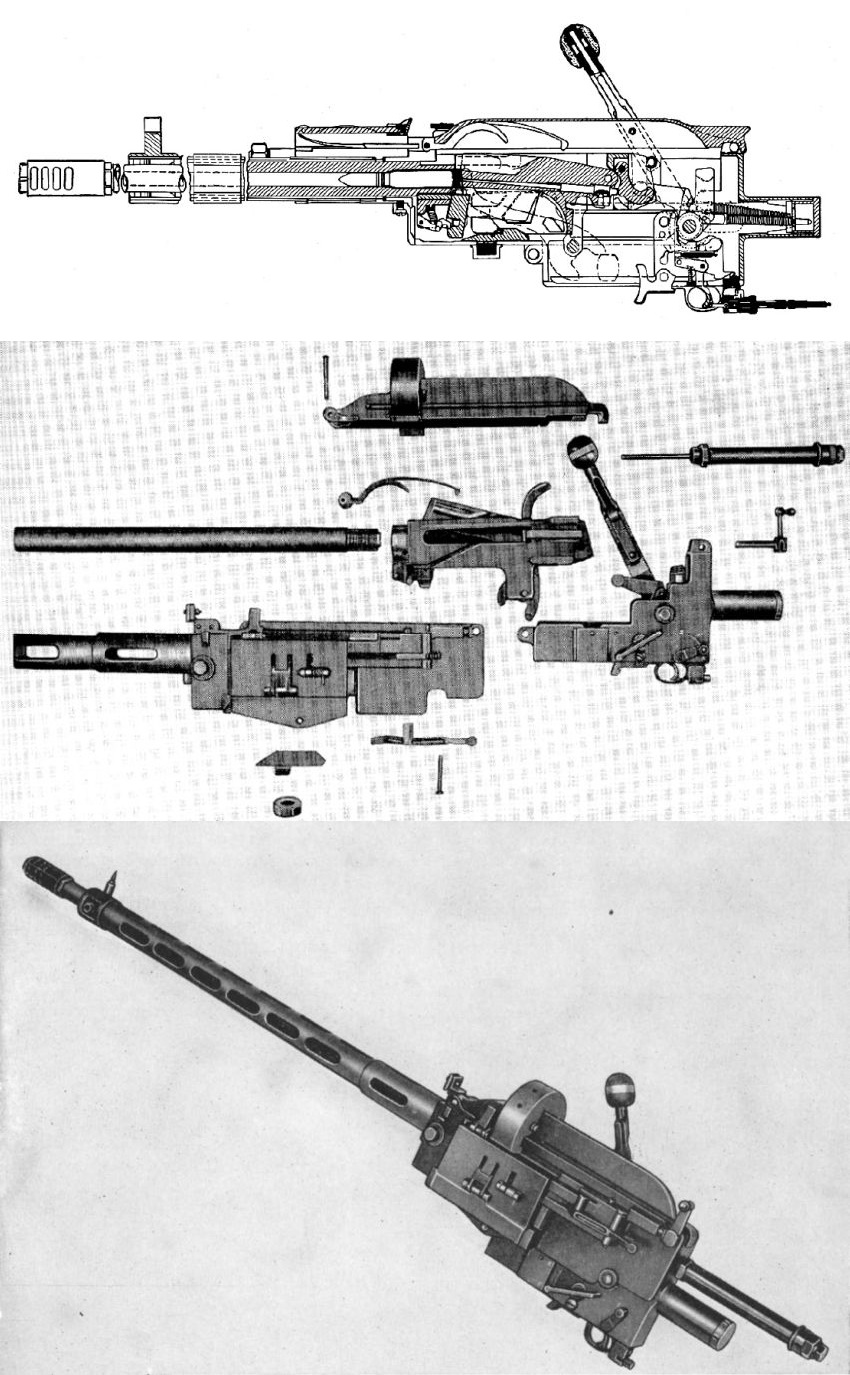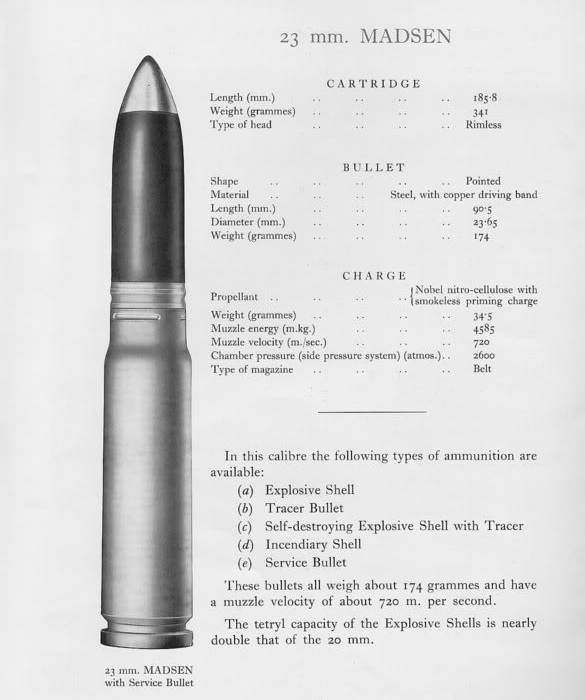Big, as being from 9 mm to 60 mm. For different platforms and tasks: ground- and ship-based air defence, bomber self-defence, fixed airborne for different targets (air-to-air, air-to-surface), self-propelled or not, in wings, turrets or hand-held, synchronised or not. Pre-ww2, war time, post war/Korean war. With or without help of radar.
Keep the number of designs & calibers per country as low as possible, economies of scale do apply. The earlier in service the better. Don't hesitate using foreign design, either as-is or suitably modified.
Keep the number of designs & calibers per country as low as possible, economies of scale do apply. The earlier in service the better. Don't hesitate using foreign design, either as-is or suitably modified.


